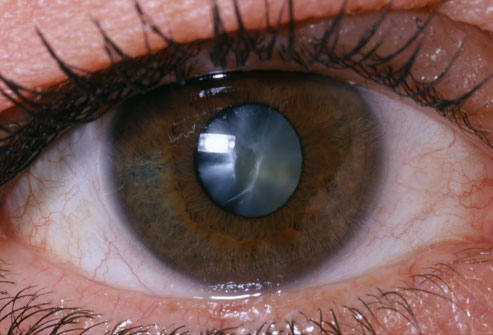Sandra Ortiz’s father suffered from high blood pressure and Type 2 diabetes and when he died she witnessed the devastating toll. She wanted desperately to avoid the same fate.
With a strong family history of high blood pressure, Ortiz knew she was at a higher risk of developing health issues. She’d experienced hypertension and gestational diabetes during her fourth pregnancy in 2011, but after delivery, her tests returned to normal.
Then in February 2016 a visit to a clinic for an injury showed she had elevated blood pressure. Ortiz planned to follow up with her doctor during her annual check up the following month but felt so ill that she went to the emergency room a few weeks later. Her blood pressure was 175/100 mmHg.

“It was very scary for me,” she said. “All I could think about was stroke and heart attack.”
One-in-three Americans have high blood pressure, and among those who have been diagnosed, 45.6 percent do not have it under control.
Understanding family history is important to honing in on the cause of high blood pressure, whether it is genetic, poor eating habits or lack of exercise repeating itself across generations, said Eduardo Sanchez, M.D., chief medical officer for prevention and chief of the Center for Health Metrics and Evaluation for the American Heart Association.
“Even if you have a family history of high blood pressure, that doesn’t mean you can’t take actions to avoid some of the experiences your family members have had,” he said. “Don’t accept the fact that you are going to have high blood pressure. Do something about it. Change your lifestyle and take medication if you need it.”
Ortiz’s family is confronted with blood pressure issues every day. Her father suffered from it and her sister has high blood pressure and Type 2 diabetes. Her mother did have high blood pressure but has gotten it under control through diet and exercise.
Part of the challenge of recognizing high blood pressure is that there are often no symptoms, making regular check-ups that include blood pressure readings an important way to track changes.
For those with high blood pressure, checking it regularly is important for identifying any changes, Sanchez said.
“It gets you into a routine and reminds you of the other things you need to do, like eating a low-salt diet, getting exercise and taking any needed medication,” he said.
Ortiz struggled with the idea of taking medication to control her blood pressure.
“I was totally against it,” she said.
The San Jose, California, resident found support and motivation through Go Red Get Fit, a Facebook group-based, social media campaign by the AHA designed to help women from diverse communities make health changes that become lifelong habits.
“Seeing women from all walks of life who have gone through heart surgery or had a triple bypass, I realized it could have been me,” she said.
A recent study showed a positive impact from web-based lifestyle counseling, which includes video clips featuring characters discussing their high blood pressure diagnosis and efforts to make lifestyle changes, as well as tools for tracking diet and level of physical activity.






